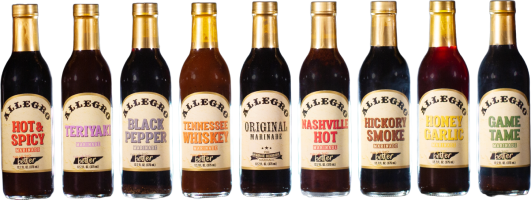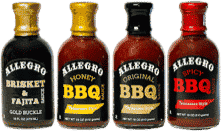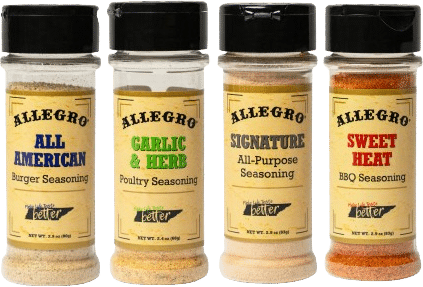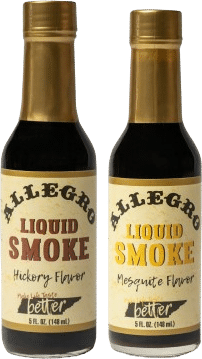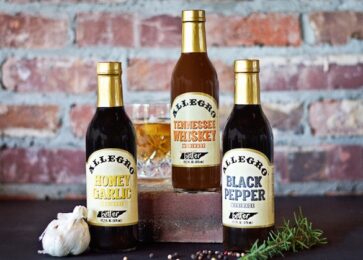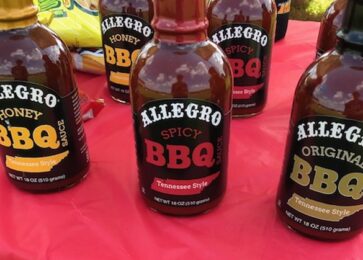Cooking with Alcohol: Add Flavor to Your Meals with Beer, Wine, and Spirits
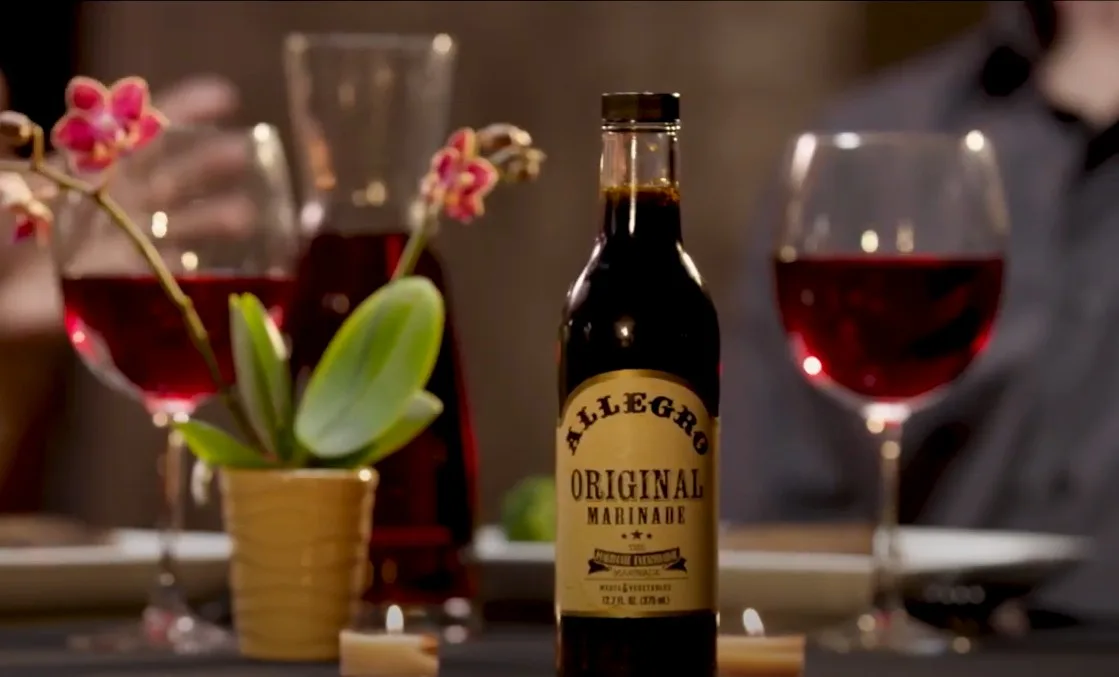
Many of us like to enjoy a cold beverage or two with dinner after a long day to unwind, with brunch on the weekend, or on a hot afternoon to cool off.
Whether or not you consume alcoholic beverages, they serve many uses in cooking as well. Regardless of use, be sure to consume alcohol responsibly.
From sauces and brine to fruit and jams to baked goods, alcohol can be used as a secret ingredient in your kitchen without the intoxicating side effects. The chemical properties of alcohol make it a great flavor enhancer, similarly to salt, but it also infuses its own flavor profile. The process of cooking foods causes the alcohol to evaporate, leaving behind the rich flavors. However you consume alcohol, a little goes a long way. Too much alcohol can break down foods too much and overpower other flavors. When used in the right quantities, alcohol can give your meal an extra twist, enhancing other flavors in the dish and entertaining your taste buds.
Beer
When cooking savory foods, adding beer to your recipe can infuse depth and earthiness. The bitterness from hops within the beer gives balance to sweet, rich, or creamy dishes. When added into baked dishes, the malt in beer caramelizes, adding a nutty note. Different types of beer will pair well with different types of foods. Lighter beers and ales work well for light, summery dishes. Wheat beer is excellent for using with salads, seafood, and red meat. If you’re looking to flavor game, try adding bitter beer. Pale ale works great for adding dimension to bread, cheese, and breaded foods like beer battered fish, shrimp, or chicken. The light, yet crisp and bitter flavor of pilsners work well with Asian dishes and fish. Darker beers work well for rich, bold, warming fall and winter dishes. When making soups and stews this fall, try adding a porter. The rich flavor notes in stouts make them perfect for desserts. The boldness of bock lagers pairs nicely with cheeses, pork, and root vegetables such as potatoes, parsnips, turnips, and carrots.
Wine
When cooking with wine, do not use cooking wines. Although cheap, they are deceiving. Cooking wines are often overly salty and contain additives. Cooking the wine only enhances this and will add an overpowering flavor to your foods that is undesirable. A good rule of thumb is to only cook with wines you are willing to drink. When cooking, wine doesn’t need to be the most expensive on the shelf, however it is best to steer clear of cheaper wines as well. Middle-of-the-road, good quality wine is perfect for your cooking needs.
White wines like Sauvignon Blanc make a great universal cooking alcohol, adding a light, crisp flavor that enhances the flavor of any dish without overpowering it. Red wines provide a greater flavor variety to play with in the kitchen. Wines richer in tannins which add acidity to wine, such as cabernet sauvignon, work well with tomato based sauces and dishes. The berry undertones of pinot noir add great flavor and earthiness to red meats. Zinfandels add a nice fruitiness to dishes with subtle pepper undertones. Try adding wine to dishes featuring fruit. The wine will naturally enhance the sweetness of fruit. This can be done by reducing wine through simmering and using it as a sauce or glaze, poaching the fruit in wine, or soaking fruit. Using wine in cooking is a great way to salvage overripened fruits and make use of wines that are too sweet for your palate.
Liquor
Whiskey and bourbon are great flavor enhancers to use in a variety of dishes. They can bring out the smoky flavor of grilled or smoked meats, the sweetness of fruit, or the richness of chocolate. Rum is an excellent ingredient to add to sauces, enriching the sweetness of fruits and dessert with a natural caramel flavor from the sugar cane it’s made from. Spiced rum is a great addition to fall desserts as it infuses a nice warm, spice flavor to baked goods and sauces. Try adding vodka to tomato based sauces. It infuses a clean, mild flavor while enhancing the natural flavor. A surprising use of vodka is in pie crust. The vodka works to keep the crust moist, yet flaky while keeping the dough from becoming overworked when kneading and rolling. As the crust bakes, the vodka evaporates without a trace of flavor.
